The funeral bell mushroom (Galerina marginata) looks pretty ordinary but it is among the most dangerous species on the planet. This small to medium-sized, rather bland-looking brown mushroom got its scary nickname because it contains the same deadly amatoxins as the death cap mushroom. Known also as the deadly skullcap or autumn skullcap, this species grows across North America.
This mushroom’s plain looks hide its deadly nature. Anyone who eats it risks severe liver damage, with symptoms like vomiting, diarrhea, hypothermia, and possible death without quick treatment.
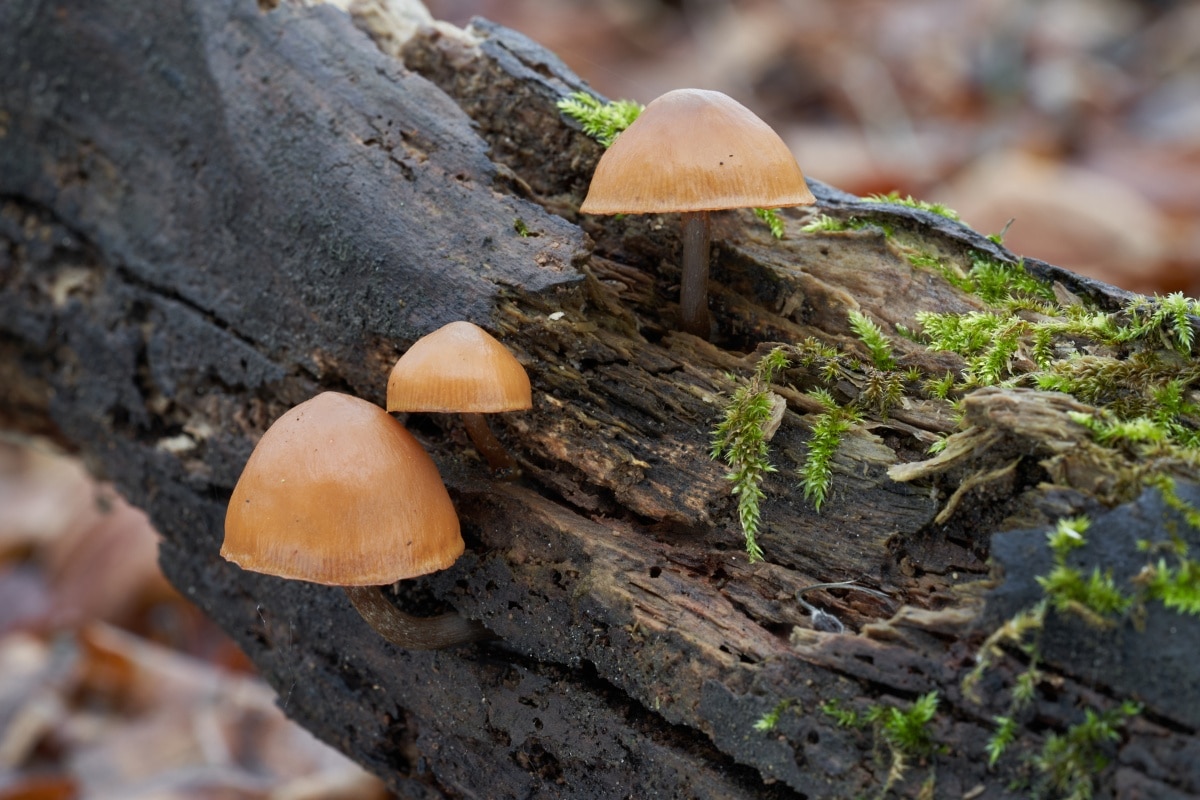
The funeral bell is part of an unofficial group called little brown mushrooms (LBM’s). There are tons of mushrooms that are smallish and brownish, grow from wood or the ground, and fruit around the country. And, many of them are extremely difficult to basically impossible to distinguish from each other based on physical characteristics. Some are edible, others are not, and only the very, VERY experienced forager should collect any mushrooms in this group.
If you’re new to mushrooms or foraging, start off by avoiding the little brown mushrooms until you’re more confident and experienced. You can, of course, pick them and study them (it is NOT dangerous to handle a funeral bell mushroom – you have to eat it to be affected), but keep it to just that and be safe!
- Scientific Name: Galerina marginata
- Common Names: Funeral bell, deadly skullcap, autumn skullcap, deadly Galerina, fall Galerina, autumnal Galerina, deadly lawn Galerina
- Habitat: Dead and decaying wood
- Edible: No, deadly!
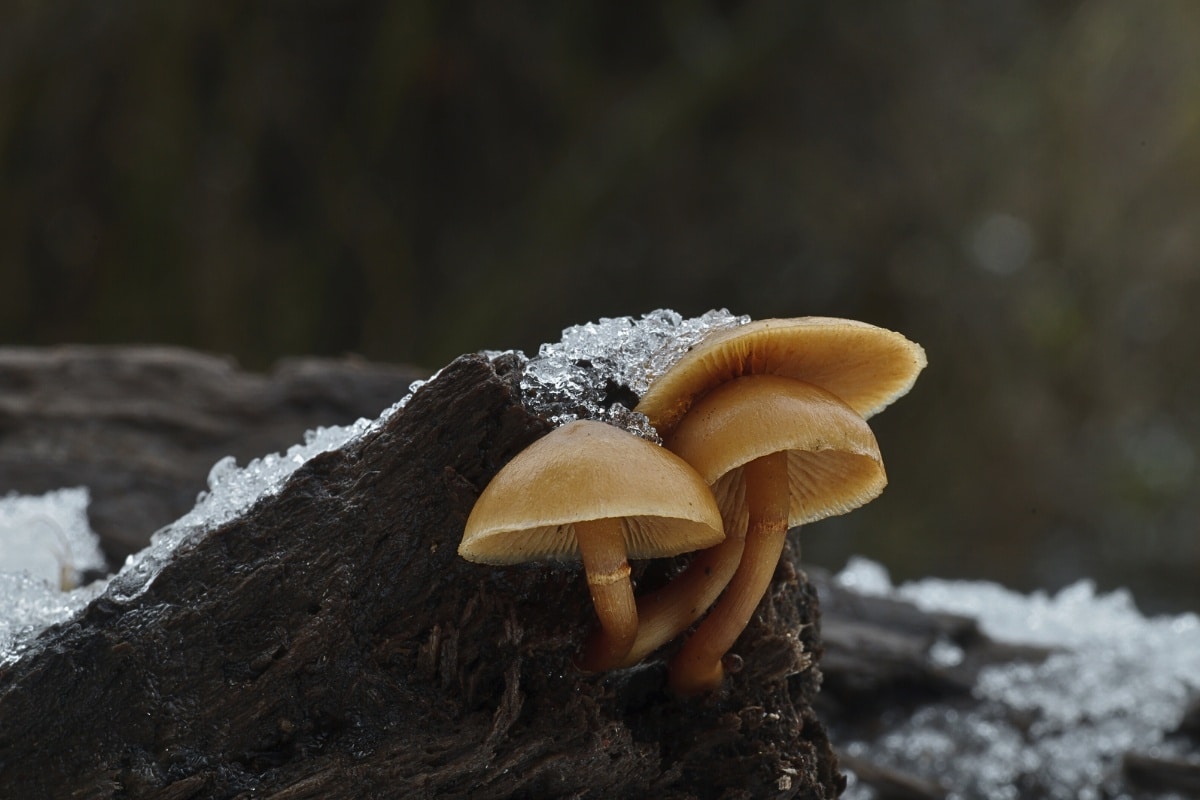
Jump to:
All About The Funeral Bell Mushroom
The cap of the funeral bell is dome-shaped (like a bell) or slightly rounded to mostly flat. It is a small mushroom with brown to yellow-brown colors that fade to tan or buff as they dry. The cap is smooth without decorations and is sticky or slightly when it’s wet.
The cap’s edge is lighter than its center; this is how it got the scientific name “marginata,” meaning bordered. The name “Galerina” comes from Latin and means “helmet” or “fur cap” because of its cap shape.
Young funeral bell mushrooms have a distinctive partial veil that creates a thin, white, membranous ring on the stem’s upper part. This ring tends to fade as the mushroom matures. The caps flatten out while the gills and stems turn browner with age.
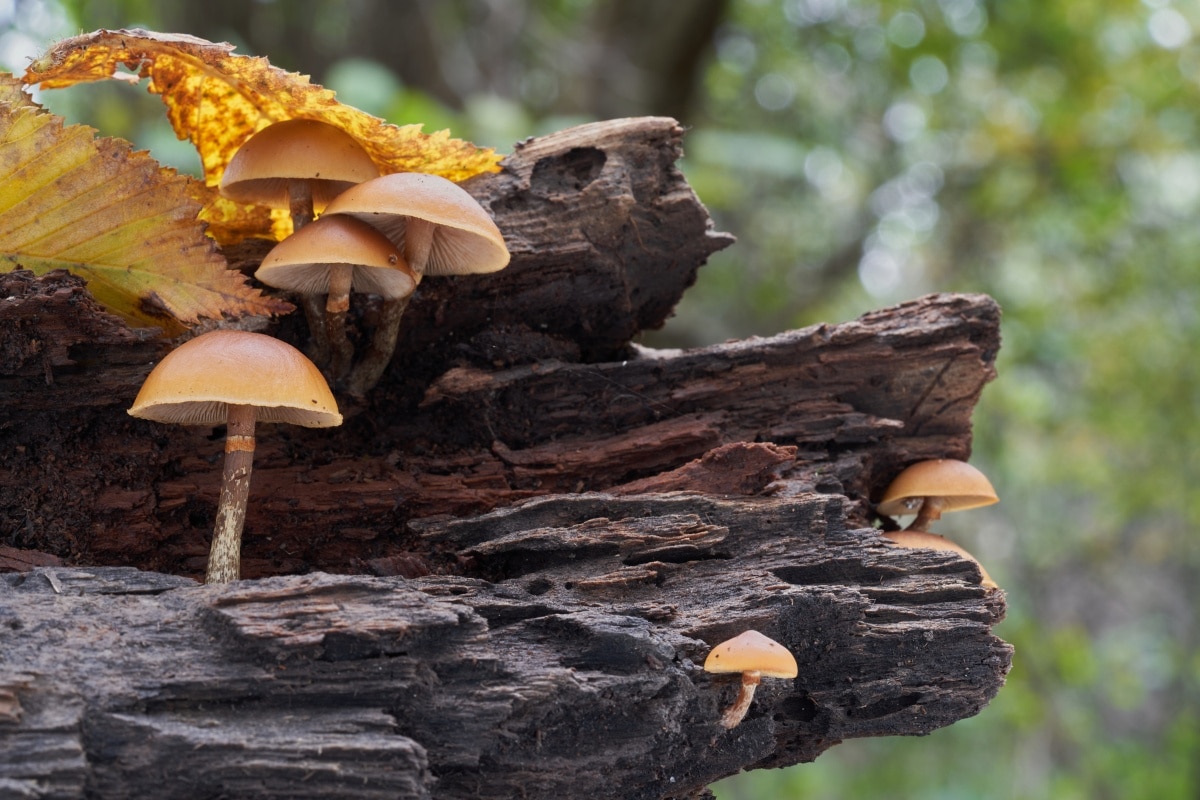
This wood-rotting fungus mostly occurs on decaying conifer wood, though it sometimes appears on hardwood stumps. The mushrooms often grow in medium to large clusters or groups, but sometimes, they pop up alone or scattered about.
Scientists once thought several distinct species existed but later merged them together. North American experts initially identified this mushroom as Galerina autumnalis. However, a groundbreaking DNA study in 2001 showed that G. autumnalis and other supposed species (Galerina unicolor, Galerina venenata, and Galerina oregonensis) were actually the same species as Europe’s Galerina marginata. This was a very rare case of our species actually being the same as the European one. Anyone who follows nomenclature knows how rare this is; it is almost always the other way around, with us using the European name and finding out our species aren’t the same as the European ones.
The genus Galerina has over 300 species worldwide. Their habitats range from the Arctic to the southern tropics. These small brown-spored mushrooms look like a lot like Mycena species, with cone-shaped to bell-shaped caps and gills attached to thin, cartilage-like stems.
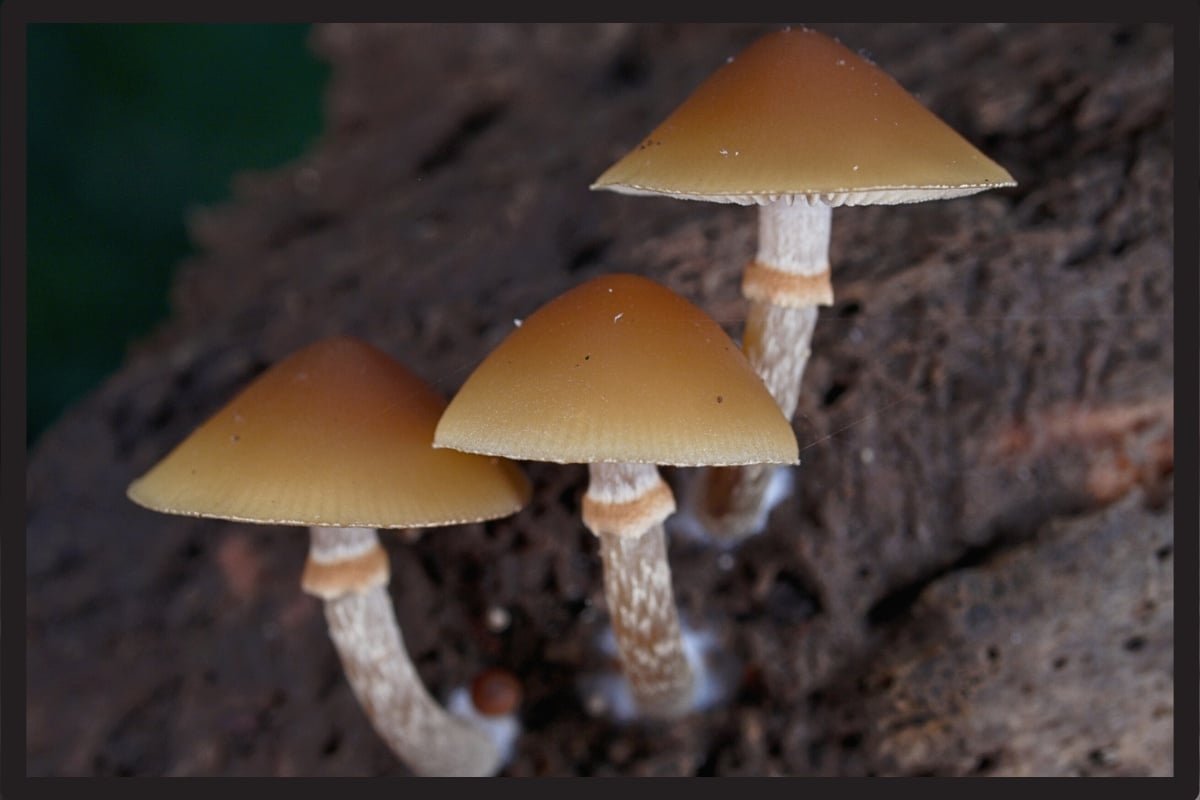
The Toxic Traits of the Funeral Bell Mushroom
The funeral bell mushroom contains some of the most potent toxins known in the fungal kingdom. This mushroom is one of Earth’s most lethal species. Funeral bell mushrooms contain amatoxins. These are bicyclic octapeptide derivatives and cause more than 90% of fatal mushroom poisonings worldwide. Scientists have found three specific amanitins in the deadly galerina—α-amanitin, β-amanitin, and γ-amanitin.
These toxins become even more dangerous over time because they accumulate in liver cells and cause severe metabolic disruption. Research from 2004 showed that amatoxin levels in Galerina marginata range from 78.17 to 243.61 μg/g of fresh weight. This is a big deal as it means that the levels sometimes exceed those found in the notorious death cap mushroom.
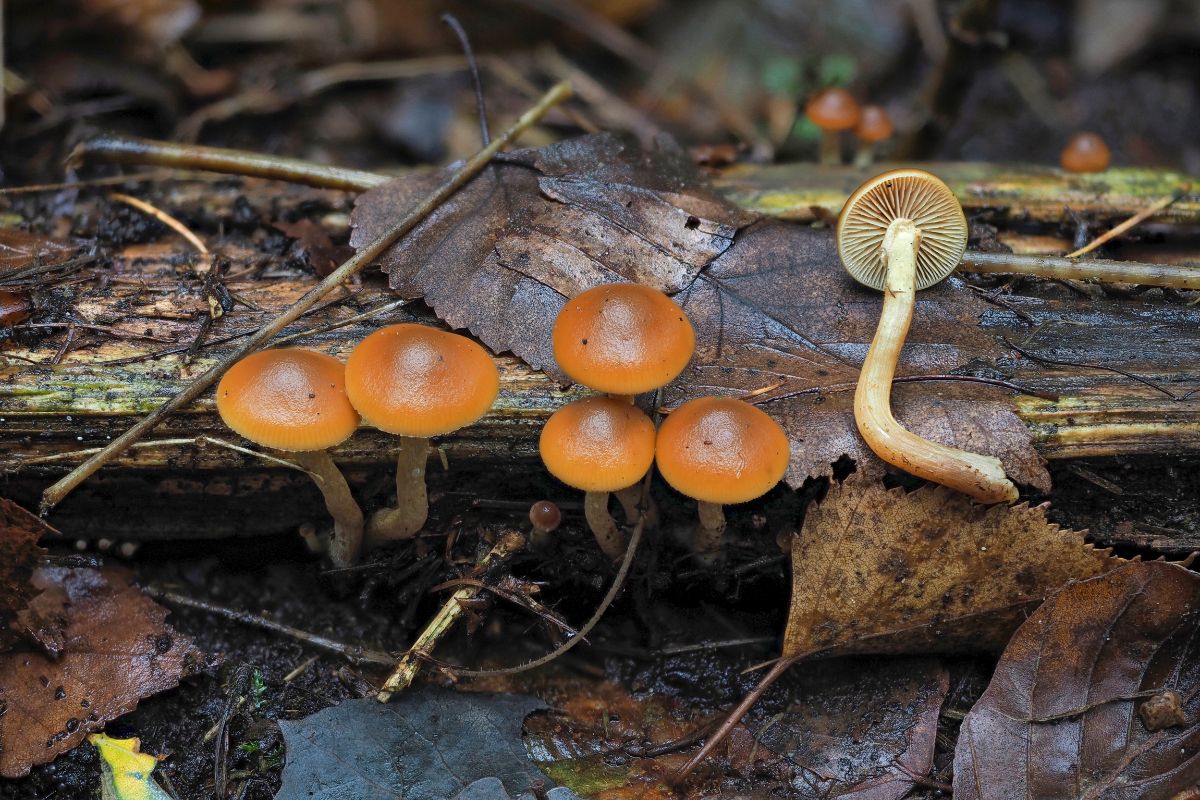
Humans can die from an incredibly small dose—about 0.1 mg per kilogram of body weight. A child weighing 44 pounds could die from eating just 10 small funeral bell mushrooms that contain roughly 250 μg of amanitins per gram.
The symptoms of funeral bell mushroom poisoning are slow and tricky, which is another reason it’s so dangerous. People have a hard time pinpointing what it is that’s making them sick, or they think they’re recovering when, in fact, the poisoning is getting worse.
Funeral Bell Mushroom Poisoning Timeline:
- Severe abdominal pain, vomiting, diarrhea, and cramps 10 or more hours after consumption. These effects usually last 6-9 hours.
- A deceptive “recovery” phase follows, where symptoms temporarily fade—but the toxins continue their silent attack on vital organs during this time.
- The victim’s liver and kidney function deteriorate quickly without immediate medical help. Damaged kidneys fail to filter the poison properly, which allows toxins to recirculate and cause more harm.
- The final stage may include gastrointestinal bleeding, coma, kidney failure, and death, which usually occurs within seven days of eating the mushroom.
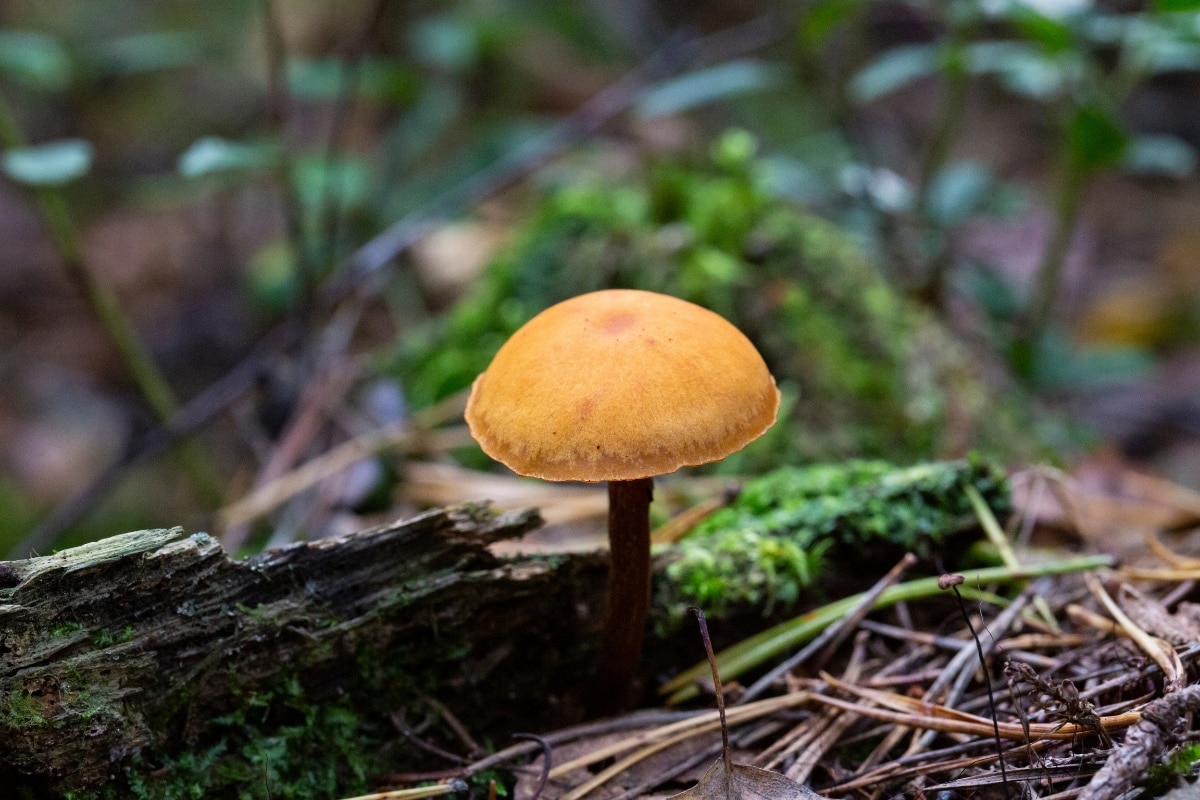
Tales of Funeral Bell Mushroom Poisonings
Scientists have documented the deadly effects of funeral bell mushroom poisoning worldwide. Several cases show just how dangerous and deadly these mushrooms are. In a lot of instances, the exact species of Galerina isn’t known because the person foraged it thinking it was something else, so they didn’t know precisely which Galerina species they picked. Because of this, poisonings can be hard to track.
From the revered Tom Volk “Here’s the scenario: Sometimes you’re lucky (or skilled) and find lots of these edible Armillaria and Flammulina. You find so many that picking them becomes more of a chore than a pleasure. You stop paying attention to every mushroom you place in your basket. You accidentally cut off a Galerina or two or more and place them in with the edible mushrooms.
You’re so tired and hungry when you get home that you just dump your mushrooms into a skillet and fry them up. You accidentally eat some Galerina. Two or three days later you die. Moral of the story: You must identify every single mushroom in your basket to species and know everything about it, either through books or reputable websites (although I cannot take responsibility for anything that you might eat), before you can even think about eating it.“
- In North America, between 2006-2017, NAMYCO reported 5 poisoning incidents with (suspected) Galerina marginata. From 1985-2006, there were ten reported Galerina poisoning cases. Six people suffered liver damage, and one had kidney failure.
- A person suffered liver damage when eating G.marginata, mistaken for a Psilocybe species.
- Three adults ingested G.marginata, one died from multi-organ failure
- A person with a history of drug use survived 4 days of intense gastrointestinal distress without hospital care. They self medicated with oral milk thistle. For a week, they had chills, flushing, diarrhea, dizzy, intestinal cramps, and intense sweating.
- A 32-year-old woman in Sweden cooked what she thought were honey mushrooms for dinner, but they were actually funeral bell mushrooms. She landed in the hospital 17 hours later with severe stomach issues and liver problems. She got better after nine days of treatment that included fluids, multiple charcoal doses, thioctic acid, and penicillin G.
- In Japan, a family ate soup with what what they thought was wild enoki. They were instead a Galerina species (not Galerina marginata, though). The adults got better after feeling sick, but the six-year-old boy’s health went downhill fast. His liver stopped working completely 72 hours after eating the meal. After intense treatment with activated charcoal, hemodiafiltration, and plasma exchanges, the child made it through. Doctors discharged him after 15 days.
- Thirteen Chinese coworkers ended up in the hospital for 10 days after their cafeteria accidentally served food with Galerina sulcipes. The mushroom damaged their livers and kidneys. All of them survived.
Pets, including dogs and cats, are both at risk for Galerina mushroom poisoning. In fact, there are as many, if not more poisonings reported with dogs than people. Shiloh, a 13-month-old Great Pyrenees, died after eating funeral bell mushrooms. The dog’s health went downhill fast despite vet care. Symptoms included vomiting and jaundice, and the dog ended up showing brain problems that led to euthanasia.
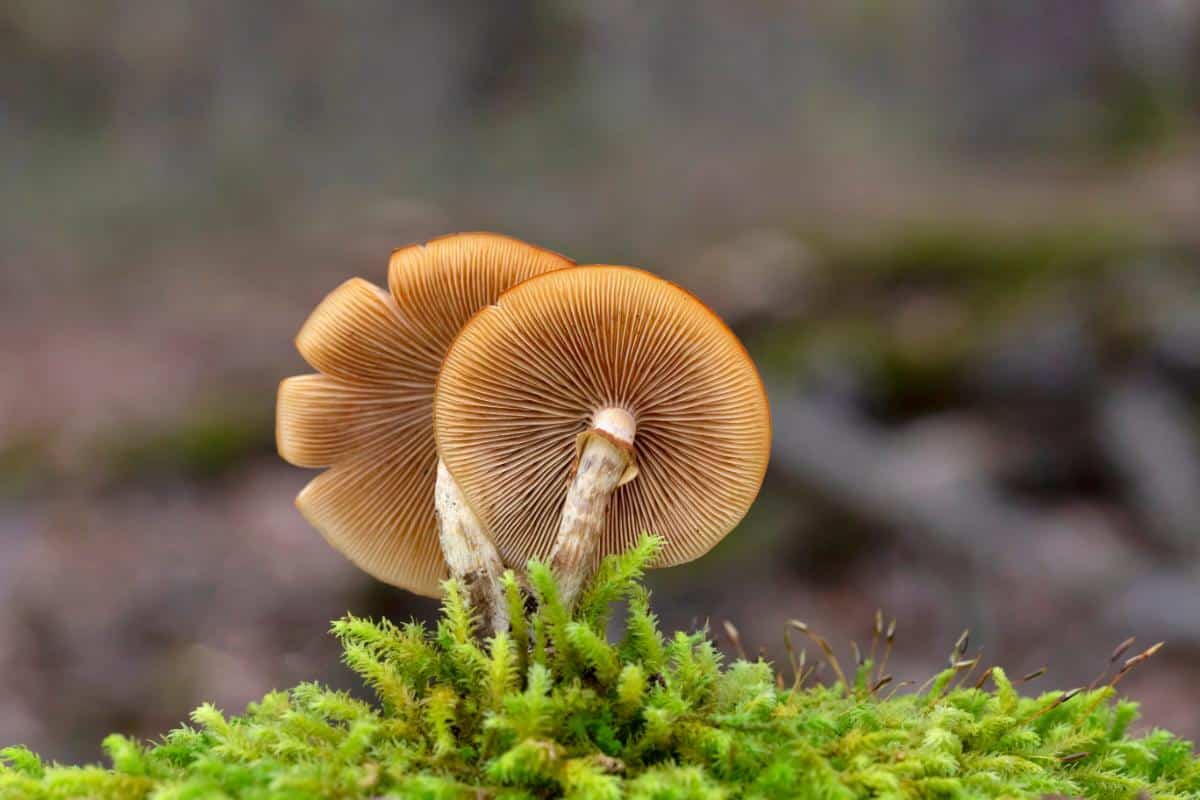
Funeral Bell Mushroom Identification Guide
Season
You can find funeral bell mushrooms almost year-round, depending on where you live. They are most common in summer and autumn and often fruit multiple times across extended seasons. In temperate regions, these mushrooms are more common during spring and fall.
Habitat
The deadly Galerina grows only on wood – this is an important identification feature. These mushrooms typically cluster on rotting logs, stumps, and fallen branches. They can be found on both coniferous and deciduous trees. The wood sometimes lies buried, which can trick you into thinking the mushrooms grow straight from soil or among moss.
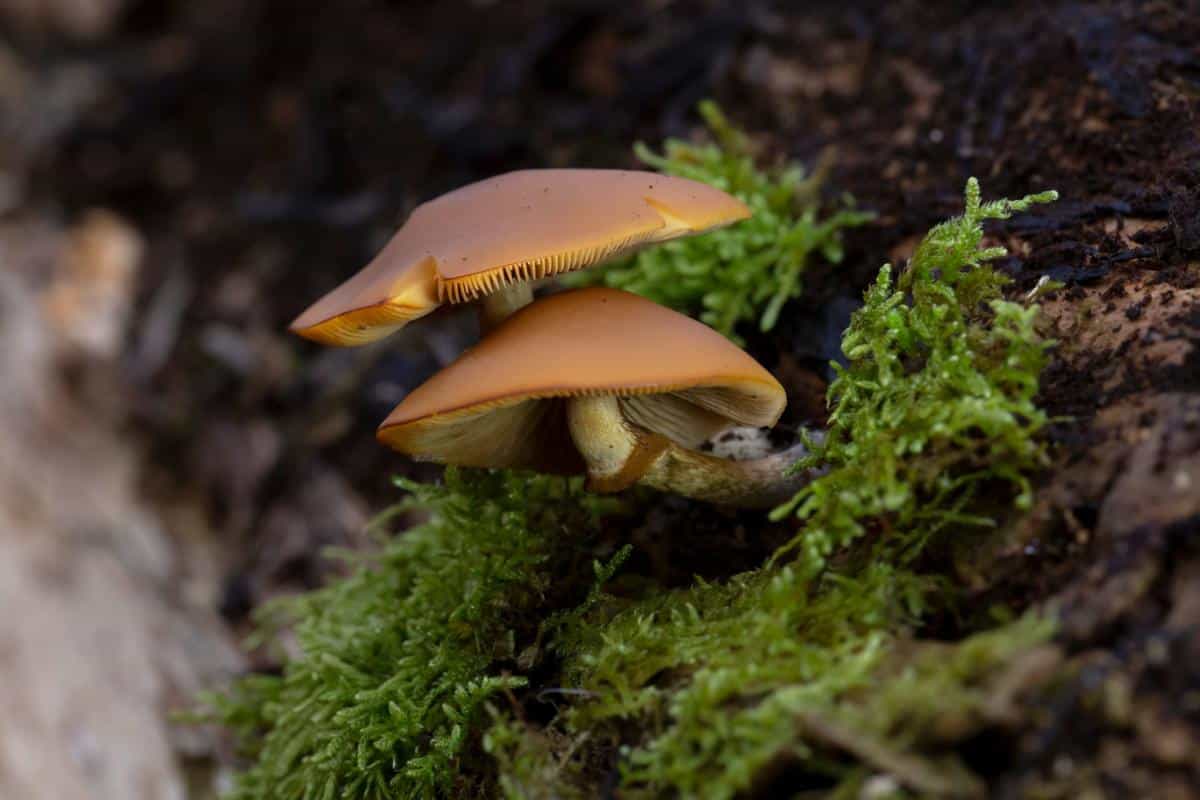
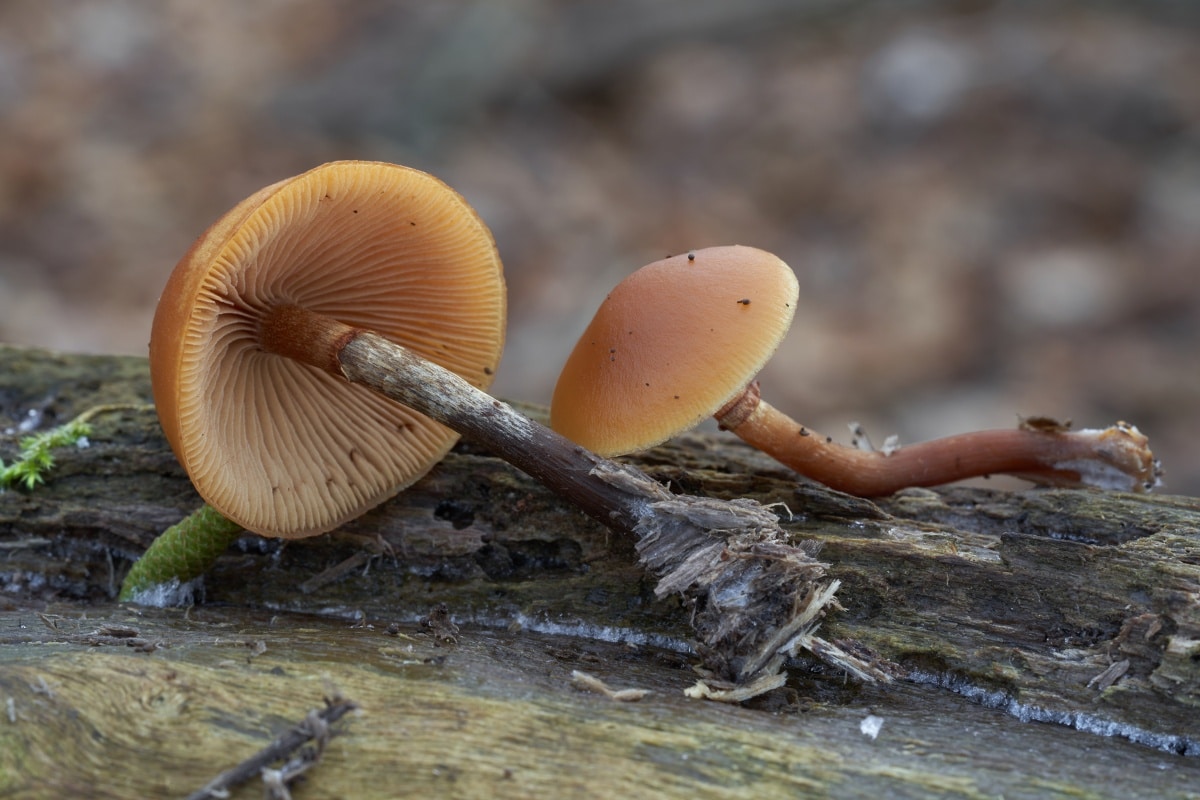
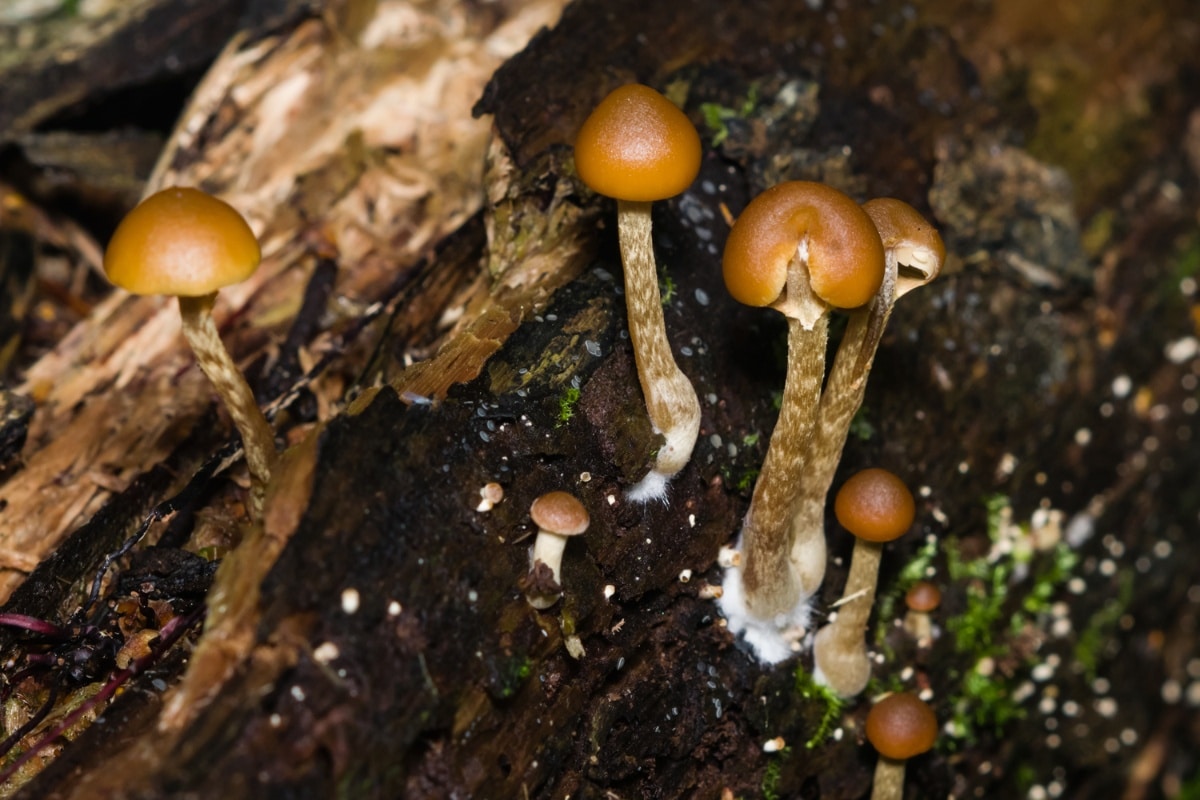
Identification
Cap
The cap is smallish and ranges from 0.6 to 2 inches across. When the funeral bell mushroom is young, the cap is rounded just like a bell. But it flattens as it ages and sometimes develops a central umbo (nipple-like projection).
The cap ranges in color from orange-brown to yellow-brown. And, usually, the coloring is lighter near the edge. The cap’s surface is smooth and becomes sticky in wet conditions. The cap edge also has visible striations (vertical lines) when wet.
Gills
The mushroom’s gills attach to the stem and are close together. The funeral bell mushroom’s gills start out pale tan to yellowish and then turn rusty brown. The gills are packed tightly together, and there are shorter gills mixed in with longer ones.
When the funeral bell is very young, the gills are covered by a white partial veil. This veil protects the gills as the mushroom emerges. As the mushroom grows, the veil breaks. Usually, the only evidence of this is found in a fibrous white ring around the upper part of the stem.
Stem
The stem is 0.8 to 3 inches long and thin. It is lighter at the top and darkens toward the base. Sometimes, the stem turns almost black at the bottom. The lower part of the stem is also usually covered with fine whitish fibrils, while the top remains smooth.
The young funeral bell mushrooms have a distinctive white membranous ring near the top of the stem. This is a remnant of the partial veil. However, the fibers fall off and dissipate with age and might be hard to see on mature specimens. Almost always, though, there is a ring or marking on the stem that indicates a partial veil was once attached.
Taste and Smell
The funeral bell mushroom has a mealy or floury smell, though some people find it hard to detect. You can squeeze the flesh between your fingers to catch its faint flour-like scent better.
The deadly Galerina’s taste resembles that of old flour. The mild, floury taste of the funeral bell mushroom sets it apart from some of its lookalikes. For example, some hallucinogenic Gymnopilus mushrooms look similar but taste intensely bitter.
Taste never indicates if a mushroom is safe to eat. Many deadly species taste quite good, like the death cap. Survivors of mushroom poisoning often say the toxic mushrooms they ate were delicious.
Flesh color and staining
The flesh is very thin and insubstantial, which gives the mushroom its delicate look. The flesh is pale yellowish to watery brownish but can range from pale brownish ochraceous to almost white. The specimen’s age and growing conditions affect these color variations.
The funeral bell mushroom does not change color when the flesh is cut. The flesh feels pliant and bends instead of making a clean snap. This is most obvious in older specimens.
Spore Print
Galerina marginata has a rusty brown spore print.
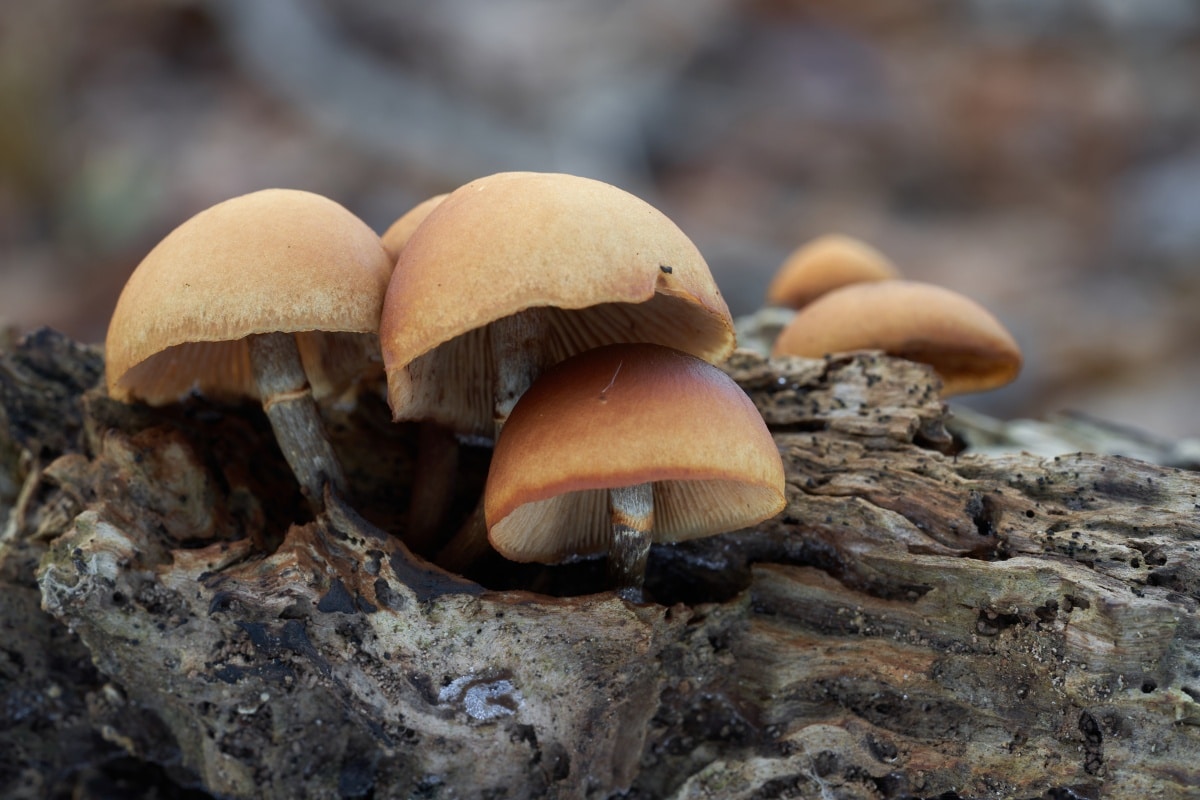
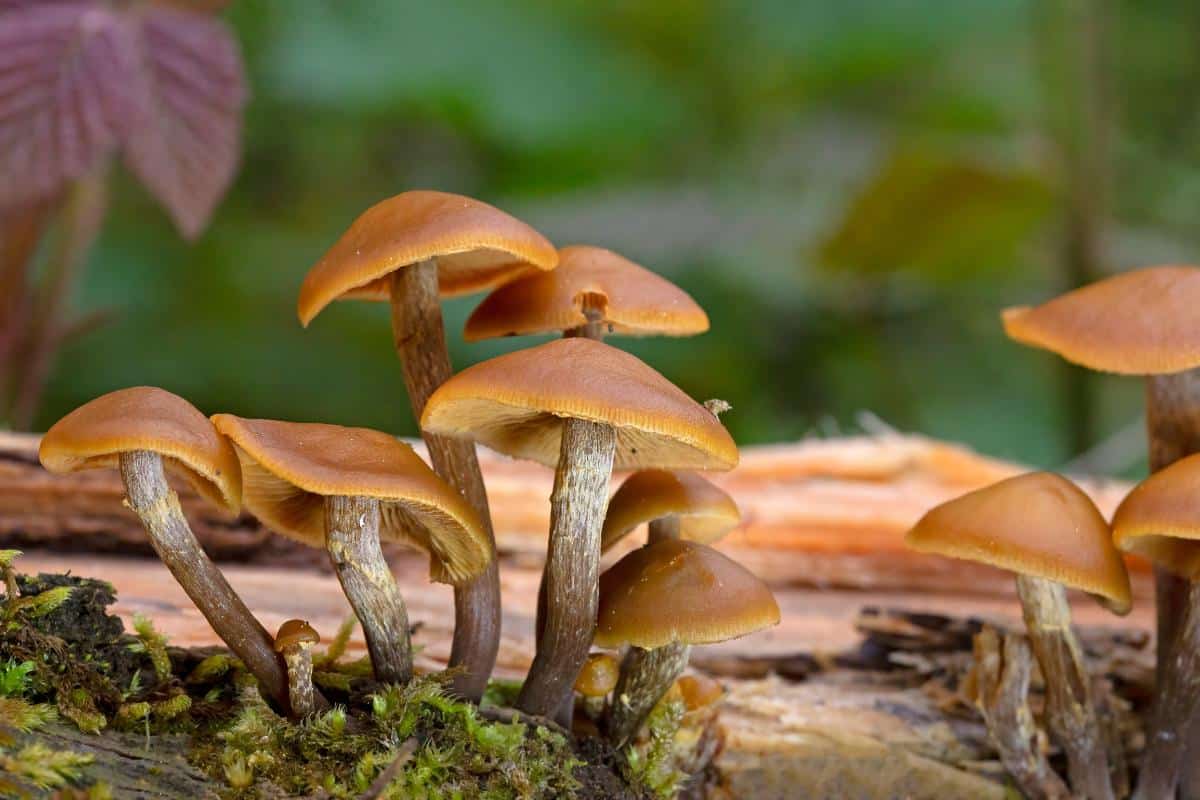
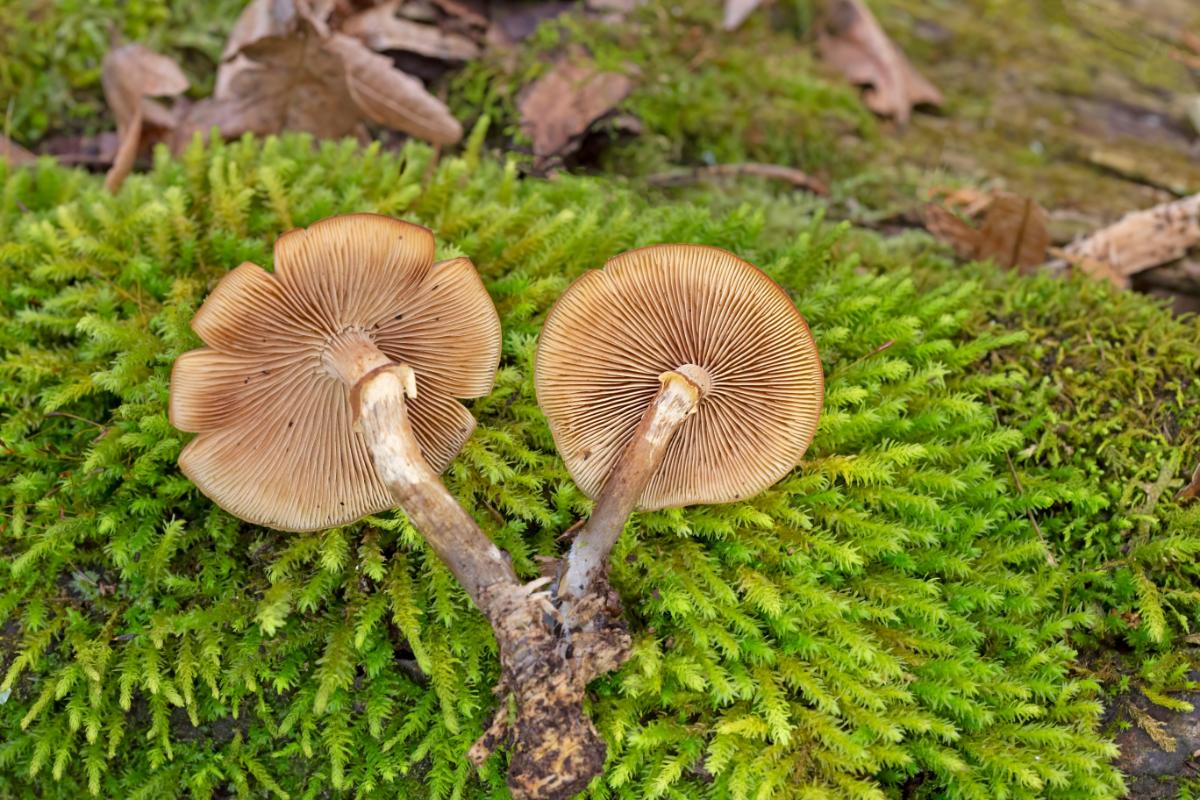
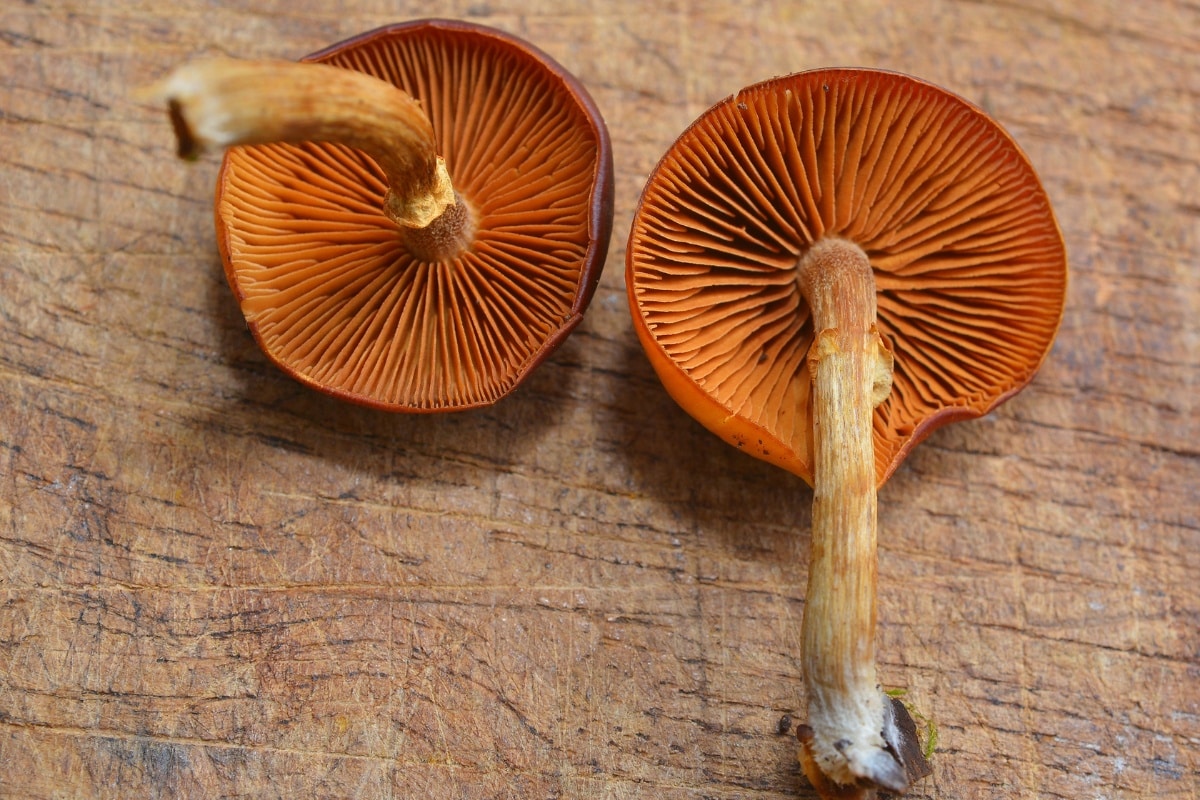
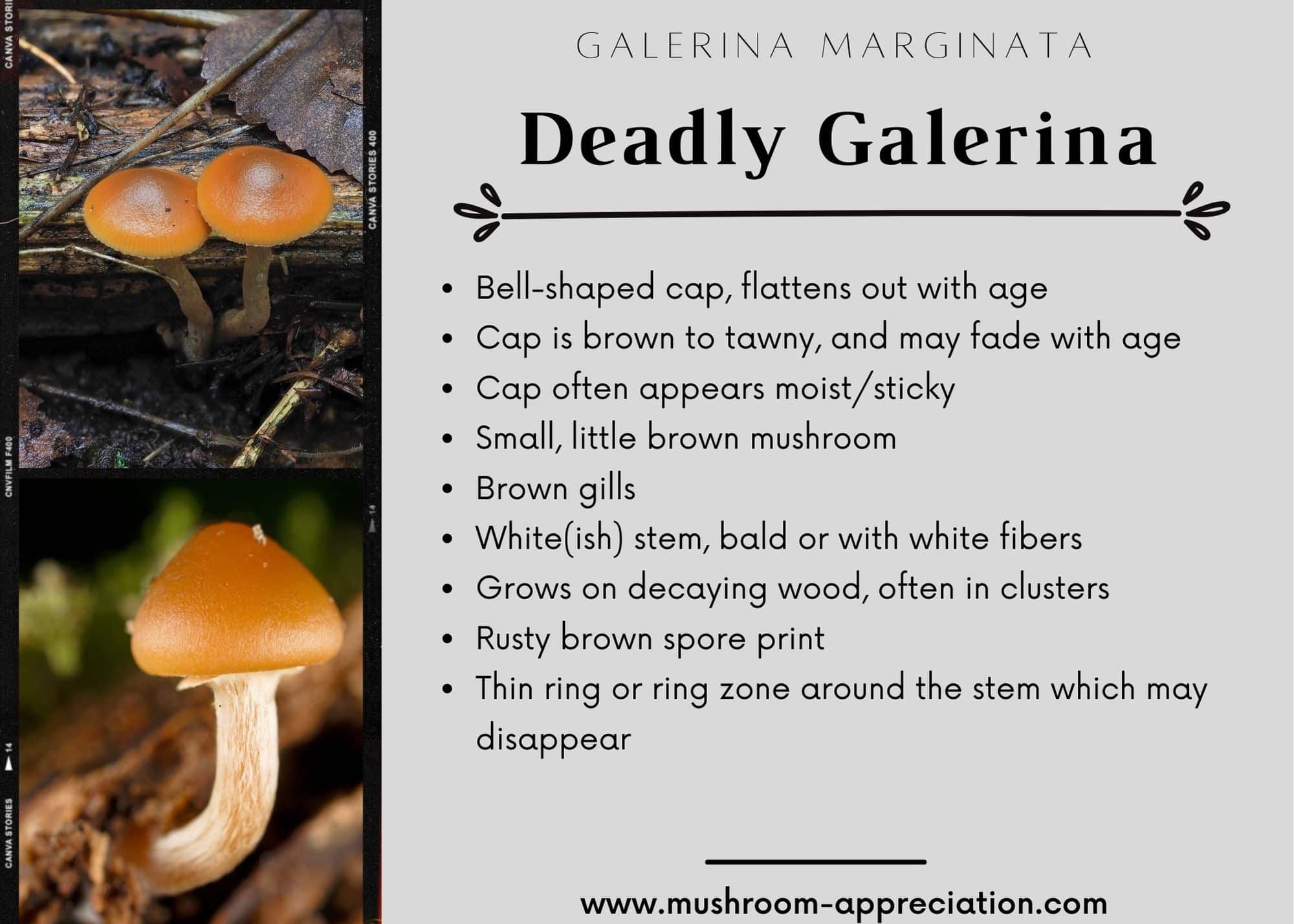
Funeral Bell Mushroom Lookalikes
The amount of lookalikes the deadly galerina has is a huge part of its danger. It is passingly similar to several popular edible species, which can be extremely confusing, especially for the beginner forager. If you intend to forage any of the edible (or hallucinogenic) species listed below, make sure you are very clear on how to identify the funeral bell mushroom as well.
Making a spore print is the quickest, most effective way to identify the funeral bell mushroom. The rusty-brown spores of Galerina marginata stand out from the white spores of many edible species.
Honey mushrooms (Armillaria species)
The honey mushroom looks quite a bit like the funeral bell, and that is dangerous. Honey mushrooms are foraged around the world and are an excellent edible species. They, unfortunately, grow in the same woody areas as Galerina marginata. .
There are some key and significant differences, though. Honey mushrooms have a white spore print, are bigger, and their honey-colored caps often have fine dark scales in the middle. The stems of the honey mushroom are usually thicker, too. Overall, the honey mushroom is a much larger, more robust mushroom than the more delicate funeral bell.
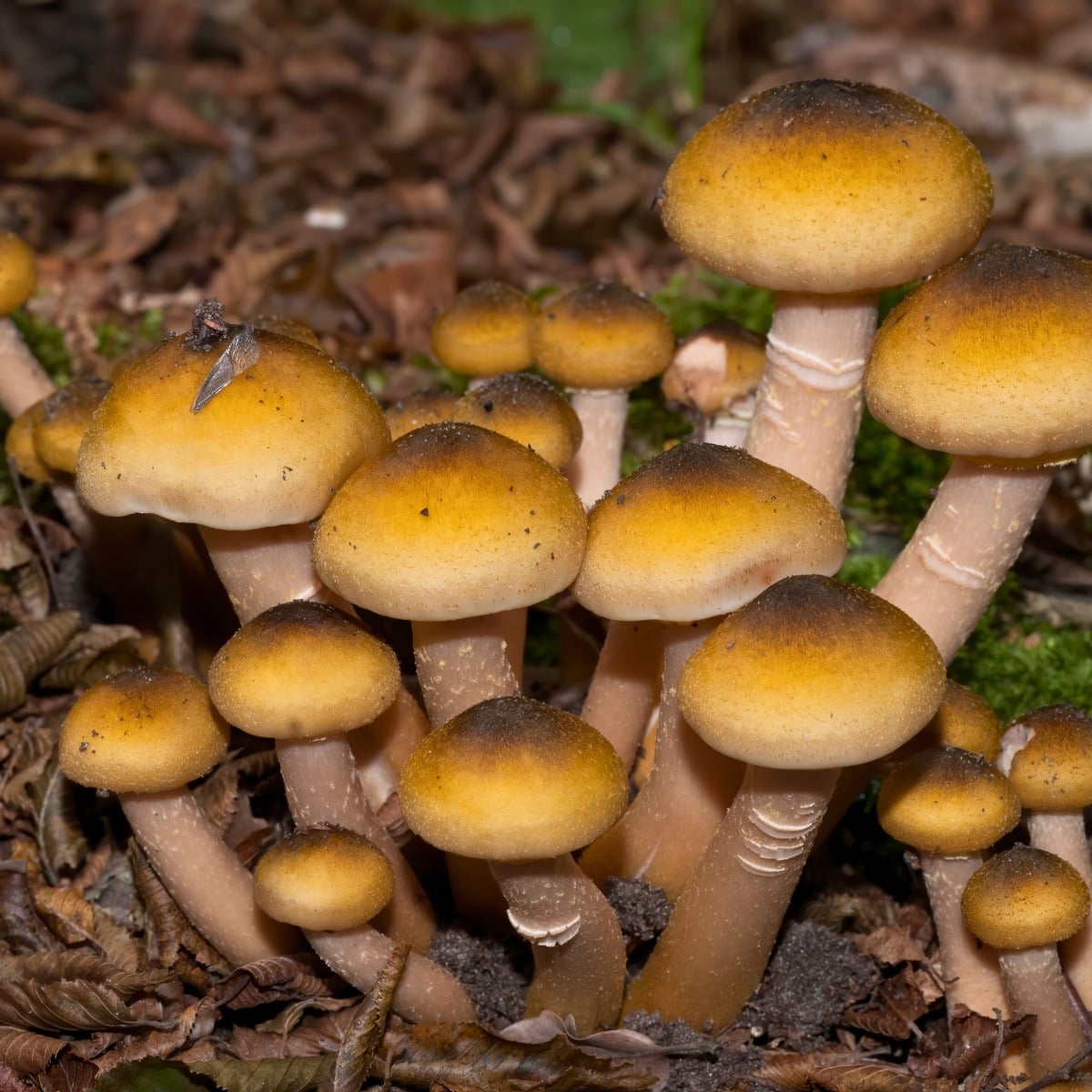
The Velvet Foot/Enoki (Flammulina velutipes)
This is another tricky lookalike because it looks incredibly similar and is also edible and widely foraged. The velvet foot has similar brown caps and grows in clusters on wood.
The primary difference is that the velvet foot doesn’t have a ring on the stem. However, as stated previously, sometimes it is hard to make out the ring or remnant of a ring around the stem of the funeral bell mushroom. To be absolutely sure, you should do a spore print. The velvet foot has a white spore print, and the deadly galerina has a rusty brown one.
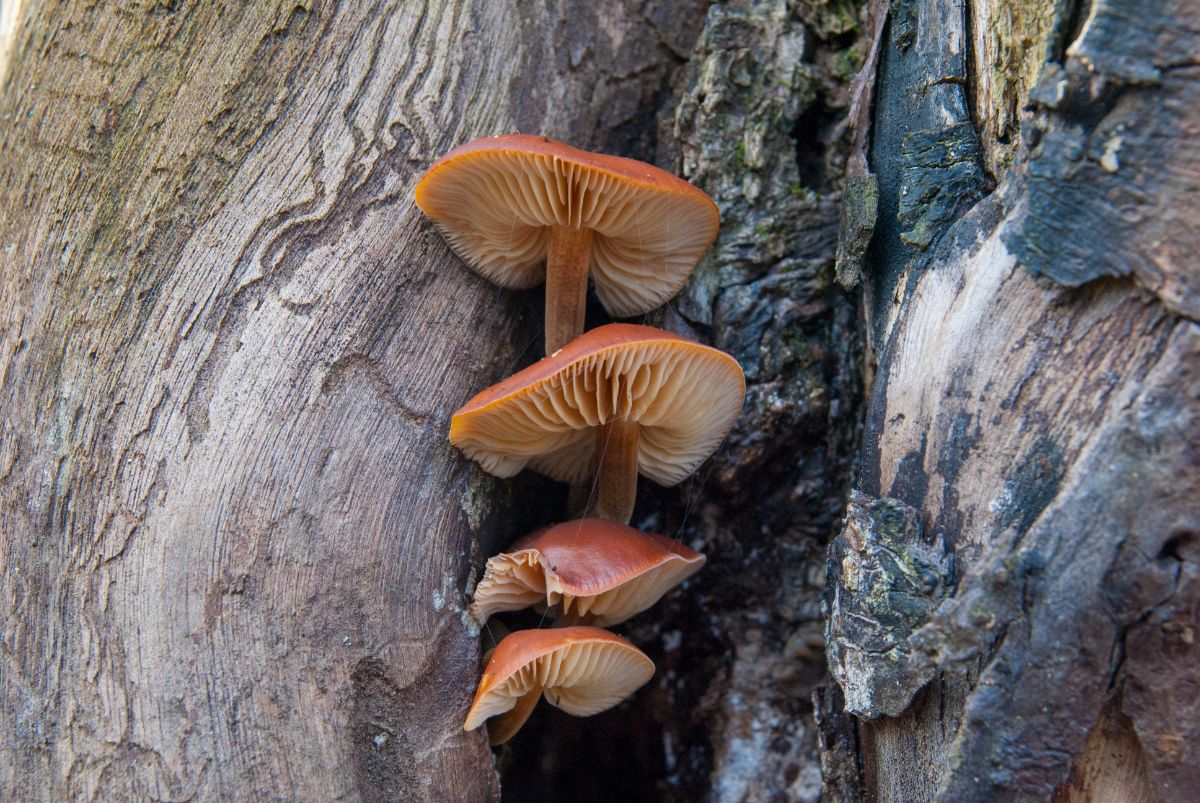
Sheathed Wood Tuft (Kuehneromyces mutabilis, formerly Pholiota mutabilis)
The wood tuft mushroom looks just like the funeral bell but has scales on its stem below the ring. However, this can be confusing because the funeral bell mushroom has fibers below its ring stem. So, you have to be careful about discerning scales from silky fibers. The age and condition of the mushroom will make a huge difference with this, too.
The edible wood tuft mushroom usually has a light-colored center with darker edges and grows primarily on hardwood. Another difference between it and the funeral bell is smell and taste. The wood tuft smells and tastes pleasant, while the funeral bell mushroom smells like flour or mealy.
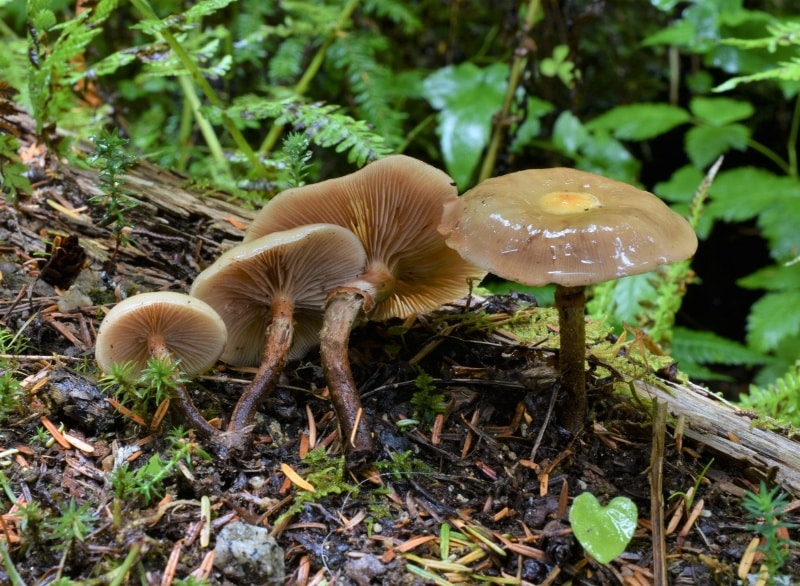
Kuehneromyces mutabilis by JMiller on Mushroom Observer
Hypholoma species
Hypholoma species, like the edible brick cap and toxic sulfur tuft, look a lot like the funeral bell mushroom. They are brownish and grow on decomposing wood in clusters. The brick cap has a reddish-tan cap and cream-to-gray gills, though, which are different enough to differentiate them.
The sulfur shelf, which shouldn’t be foraged, looks much more like the deadly galerina. It has a yellowish-brownish cap but can also be orangey-brown. When it is young, its gills are also covered by a partial veil. When this veil breaks, it leaves a ring around the upper stem, just like with the funeral bell mushroom.
As it ages, the gills change from yellowish-green to grayish-purple. This gill coloring is very different from the deadly galerina. The sulfur tuft is a bigger, sturdier mushroom, in general, compared to the funeral bell, though. And, it has dark brown to purplish-brown spores instead of rusty brown.
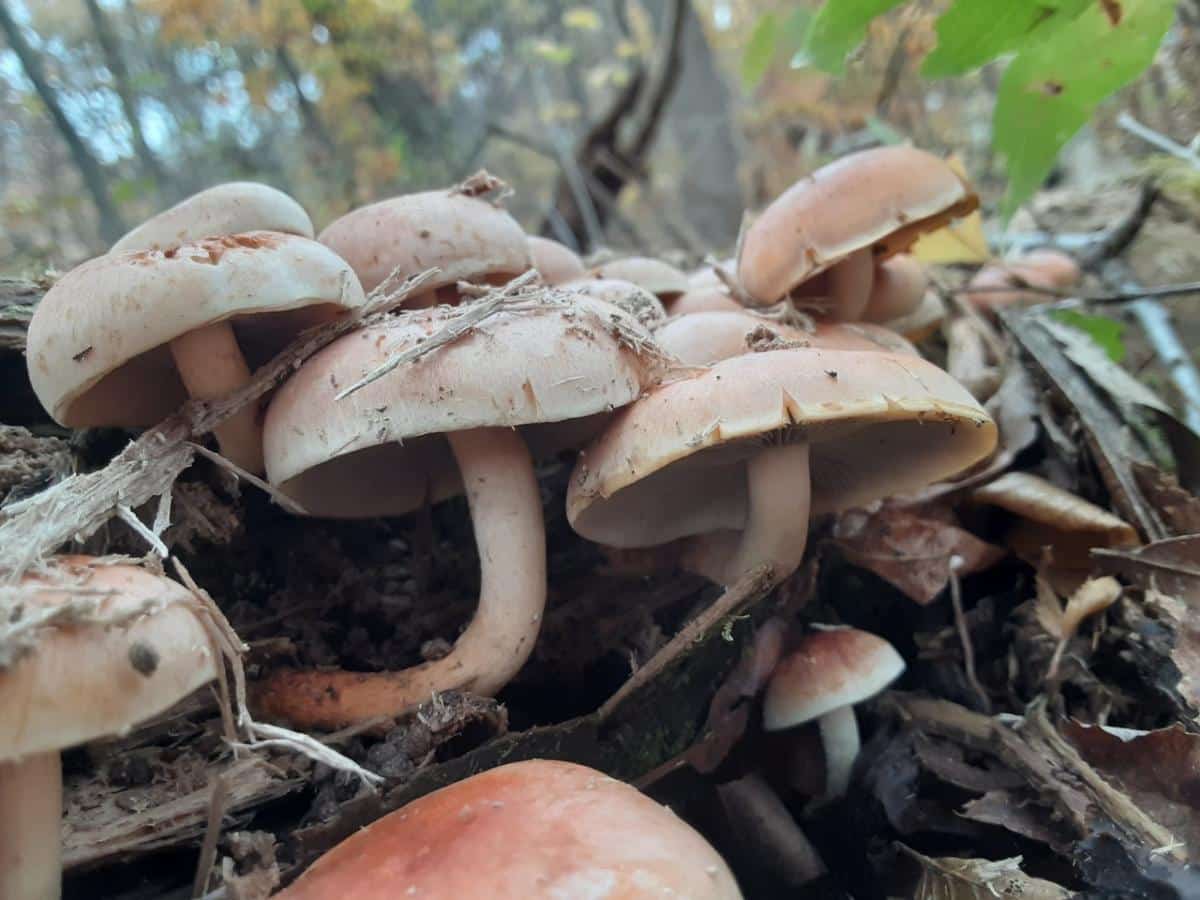
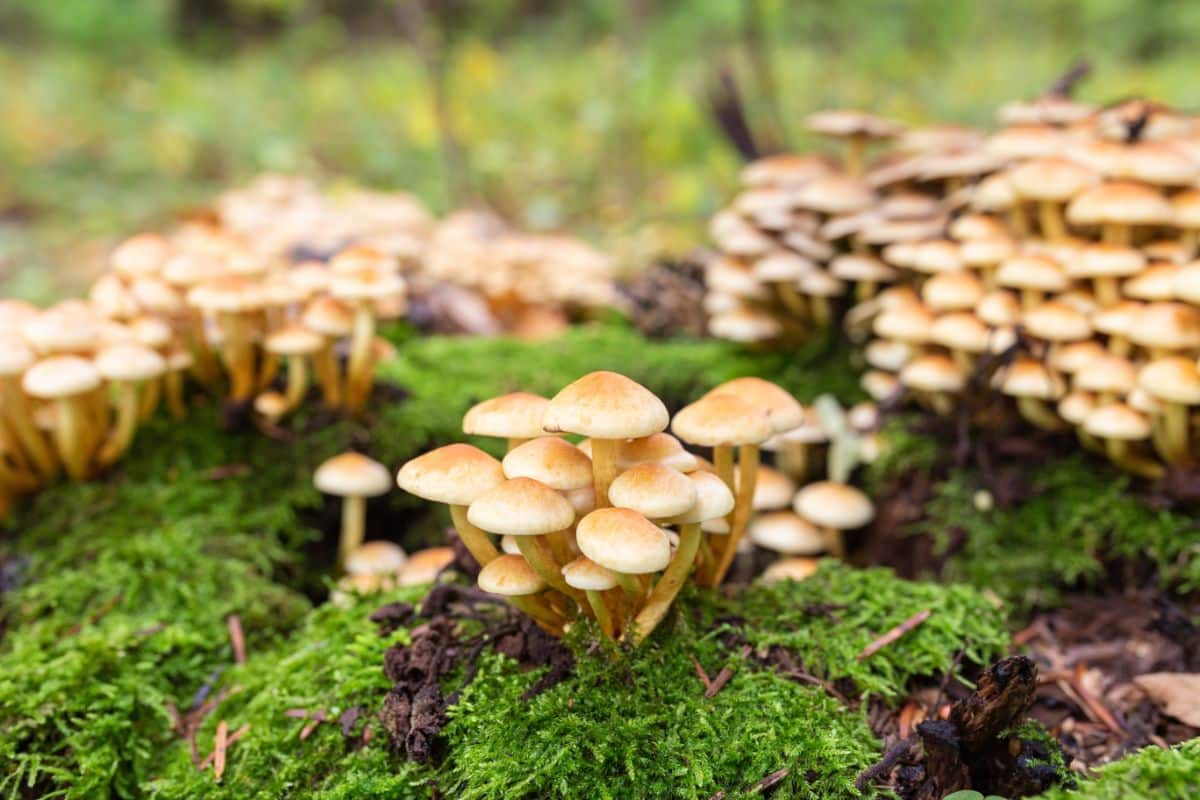
Psilocybe cyanescens
This is a hallucinogenic mushroom that looks a lot like the deadly galerina. It has a brownish-tan cap and brownish gills and grows from mulch and wood chips on the west coast of North America. All parts of this mushroom stain blue when handled, though, which is a fast way to determine what you’ve found.
There are several other Psilocybe species that are LBMs, just like the funeral bell mushroom. The majority of these stain blue when handled.
Funeral bell mushrooms have been confused with psilocybe mushrooms by inexperienced mushroom-seekers! Be extremely careful with these. The two species are not unknown to grow side-by-side, so be sure to check every specimen you collect to ensure you haven’t tossed a funeral bell into the basket by mistake.
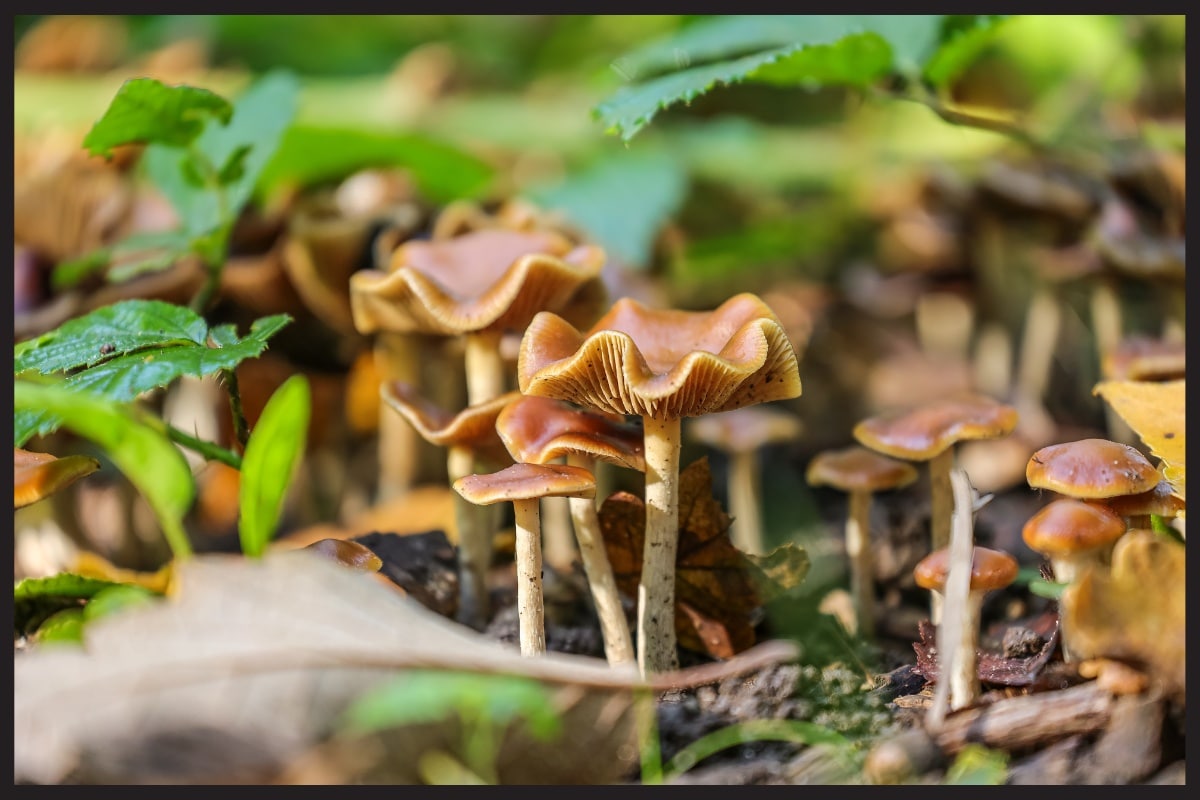
Fool’s Conecap/Common Conecap (Conocybe filaris/Conocybe rugosa or Pholiotina rugosa)
This almost identical little brown mushroom has the same deadly amatoxins as the funeral bell and should be carefully avoided. It is a lawn mushroom predominantly found in the Pacific Northwest. The fool’s conecap has a smooth, brown, conical cap with rusty brown gills underneath. It is small, too, measuring about 0.5 to 1.5 inches in diameter.
The primary way to tell them apart is habitat. The fool’s conecap grows on lawns, in mulch, and compost. The funeral bell mushroom only grows from wood, but don’t forget, the wood may be so rotted it can be hard to make out.
Another key feature is the well-defined ring typically seen on the stems of young conecaps. It is much more robust than the fibers around the funeral bell’s stem. The ring on the fool’s conecap stem, though, often falls off or disappears with age, and that can complicate identification.
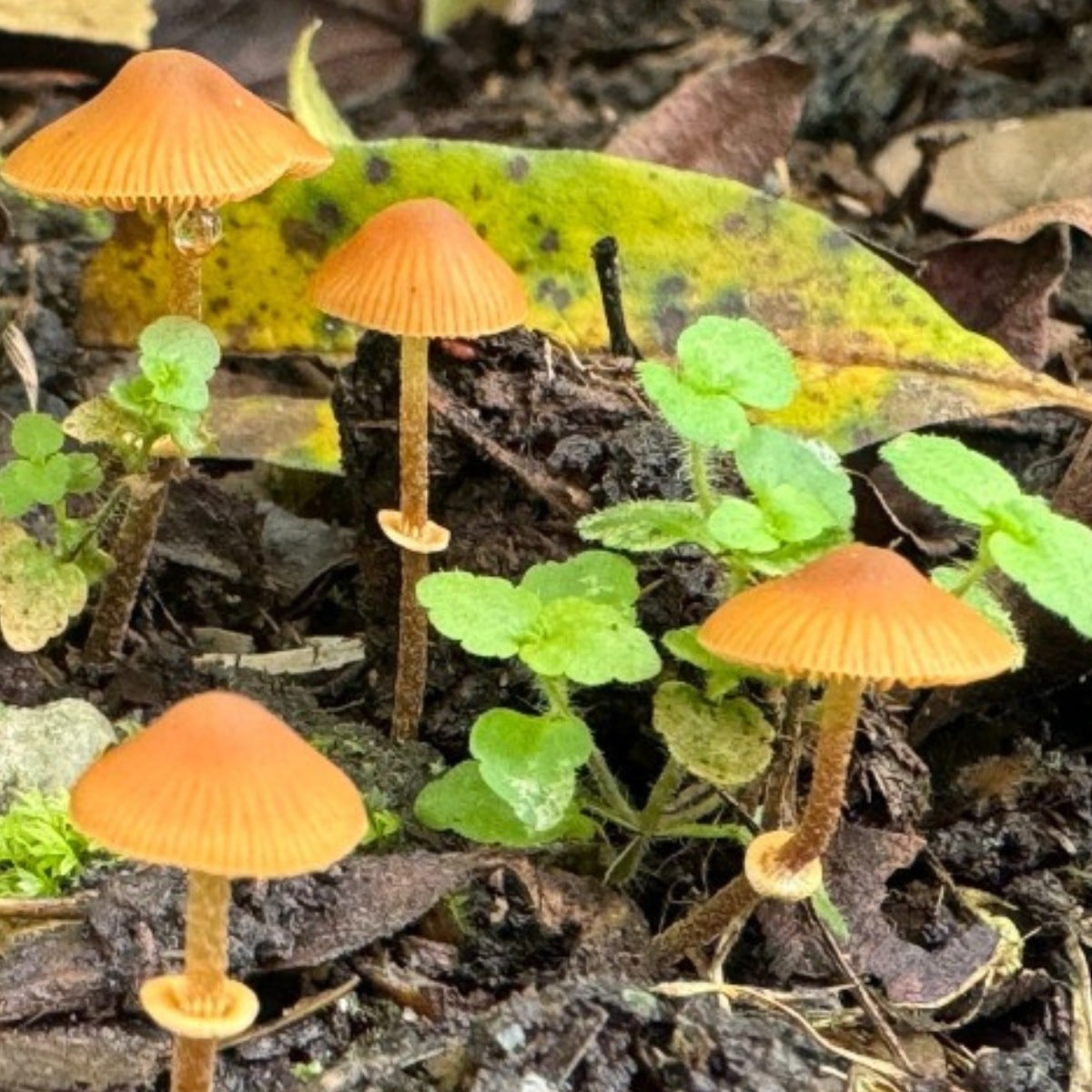
Pholiota species
The Pholiota family is big, and several of them are similar to the funeral bell mushroom. Pholiota mushrooms, though, are generally large and robust and grow in tightly packed clusters. They also usually have very scaly caps. Another way to tell them apart is through a spore print – Pholiota mushrooms have dark brown spore prints instead of rusty brown ones.
Some Pholiota mushrooms are edible, but they are generally not foraged for the table because they don’t taste great. A few of these species are considered toxic (not deadly) and might make you sick.
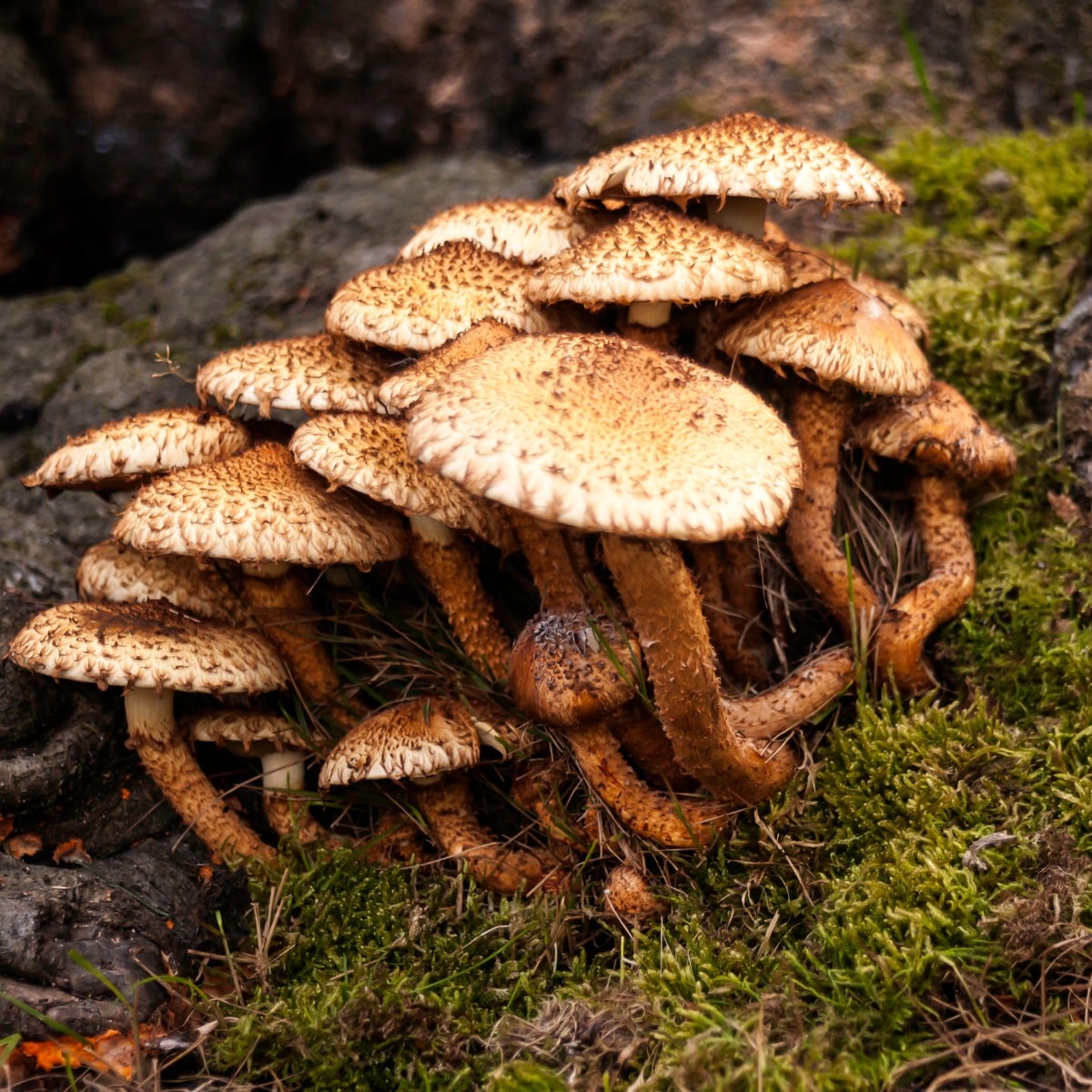
Medicinal Uses For The Funeral Bell Mushroom
Scientists have recently started studying the deadly compound in the funeral bell mushroom to find possible therapeutic uses. Scientists have identified beta-glucans, polysaccharides, lectins, and other bioactive substances. These compounds could transform certain medical treatments through their immune-modulating, anticancer, and neuroprotective properties.
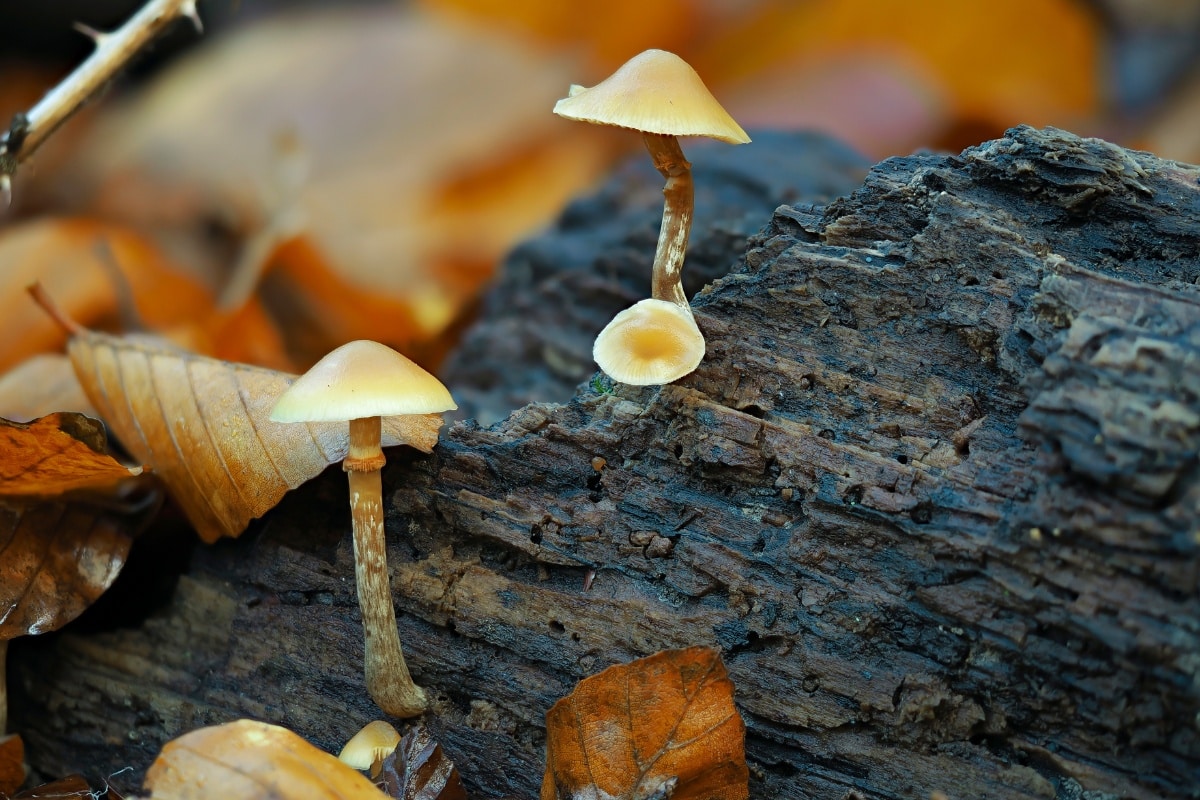
Common Questions About Funeral Bell Mushrooms
What makes the funeral bell mushroom so dangerous?
The funeral bell contains potent amatoxins that can cause severe liver damage and death. As little as one mushroom can be fatal. The toxins are not destroyed by cooking, and symptoms may not appear for 10-15 hours after ingestion.
Are there any safe uses for funeral bell mushrooms?
No, there are absolutely no safe culinary or medicinal uses for funeral bell mushrooms. They should never be eaten. Their only role is in decomposing wood in forest ecosystems.
What should I do if I suspect I’ve eaten a funeral bell mushroom?
Seek immediate emergency medical care! Do this even if you have no symptoms yet. Take samples of the mushroom, if possible. Treatment may include activated charcoal, IV fluids, and liver-protecting medications. Prompt treatment improves the chances of survival.

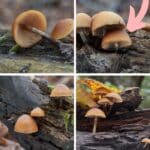
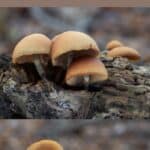
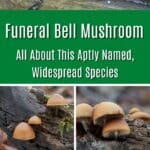
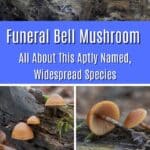
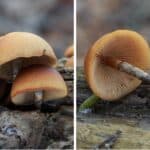
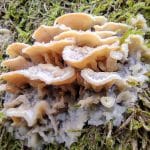
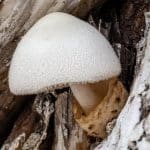
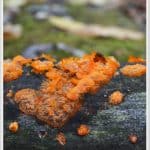
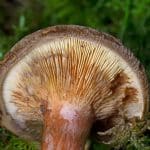
Leave a Reply